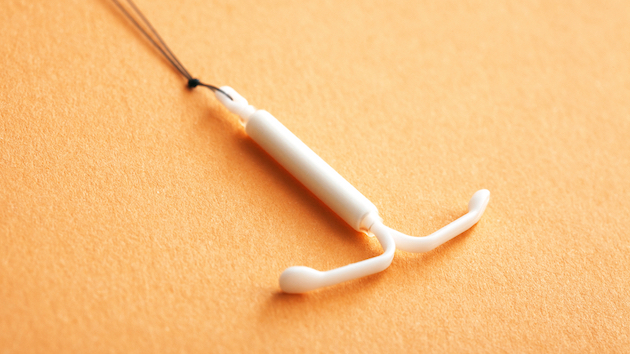
<a href="http://www.shutterstock.com/pic-174193595/stock-photo-iud.html?src=kSYpZ-hz-MC5oEC_4qQtBg-1-7">Image Point FR</a>/Shutterstock
With effectiveness rates of close to 100 percent, intrauterine devices and contraceptive implants have long been hailed as a safe and easy way to reduce unintended pregnancies. But a study published Monday in the journal JAMA Pediatrics sheds light on a downside to their increasing use: teens who use these long-acting birth control methods may avoid unintended pregnancies, but are also less likely to use condoms, placing them at increased risk for sexually transmitted infections.
The researchers called on doctors to specifically promote condom use as a way for patients to prevent STIs, no matter which contraceptive method they chose. “A clear need exists to incorporate messages about condom use specifically for sexually transmitted infection prevention,” they wrote.
The study examined the contraceptive methods of 2,288 sexually-active girls in high school, using data from a nationally representative 2013 survey. Only 1.8 percent of girls in the sample used an IUD or an implant, while 22 percent used the pill, and 41 percent used condoms. But those with IUDs or implants were 60 percent less likely to use condoms compared with their peers using the birth control pill, Depo-Provera injection, patch, or ring. They were also 2.6 times as likely as those on the pill to have more than one sexual partner, and almost twice as likely to have more than four partners.
CDC data shows that the use of long-acting reversible contraceptives has increased nearly five-fold in the last ten years, and at least 5 percent of young women aged 15 to 24 currently use some form of long-acting, reversible contraceptive. At the same time, almost half of all new STD infections occur during that same age span, but using a condom dramatically reduces the risk of contracting nearly all of them—including chlamydia, gonorrhea, herpes, syphilis, HIV, and HPV.
Teen girls who choose IUDs and implants “may no longer perceive a need for condoms even if they have multiple sexual partners,” the study’s authors wrote, often overlooking the risk of STIs, and the health benefits of condoms. Researchers concluded: “Improving dual protection among adolescents will be key to maximizing both pregnancy and STI prevention goals.”
















